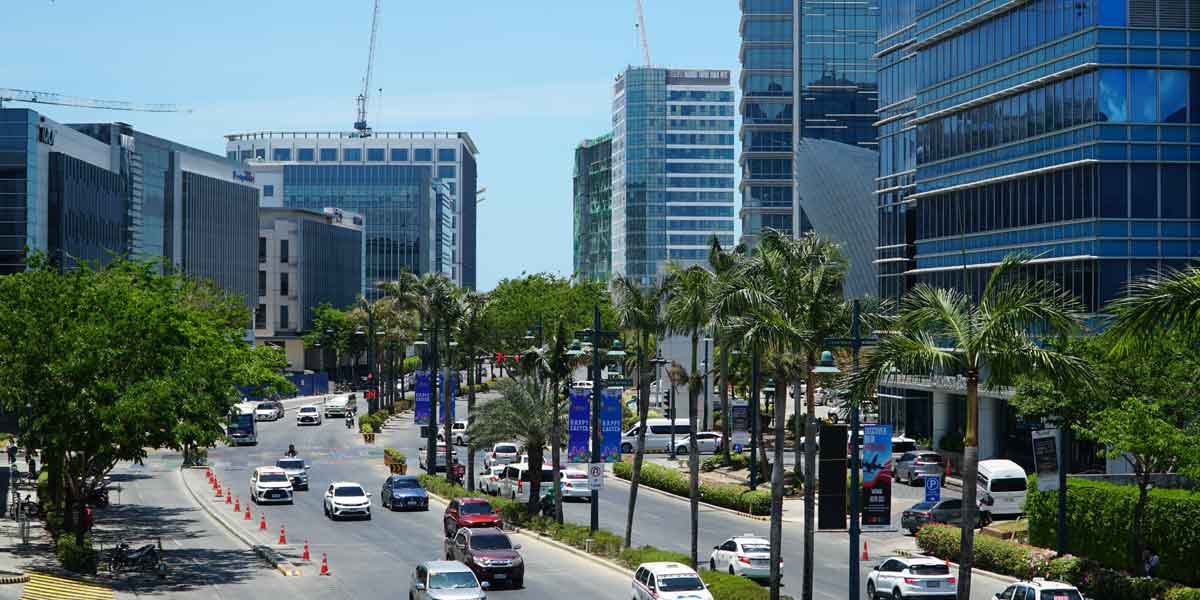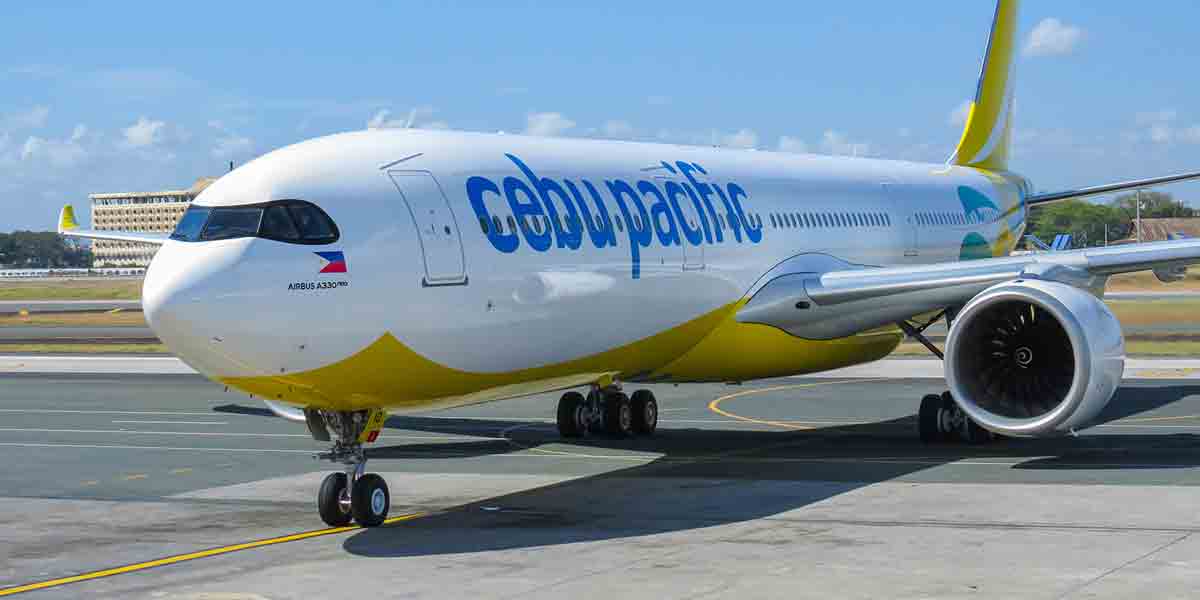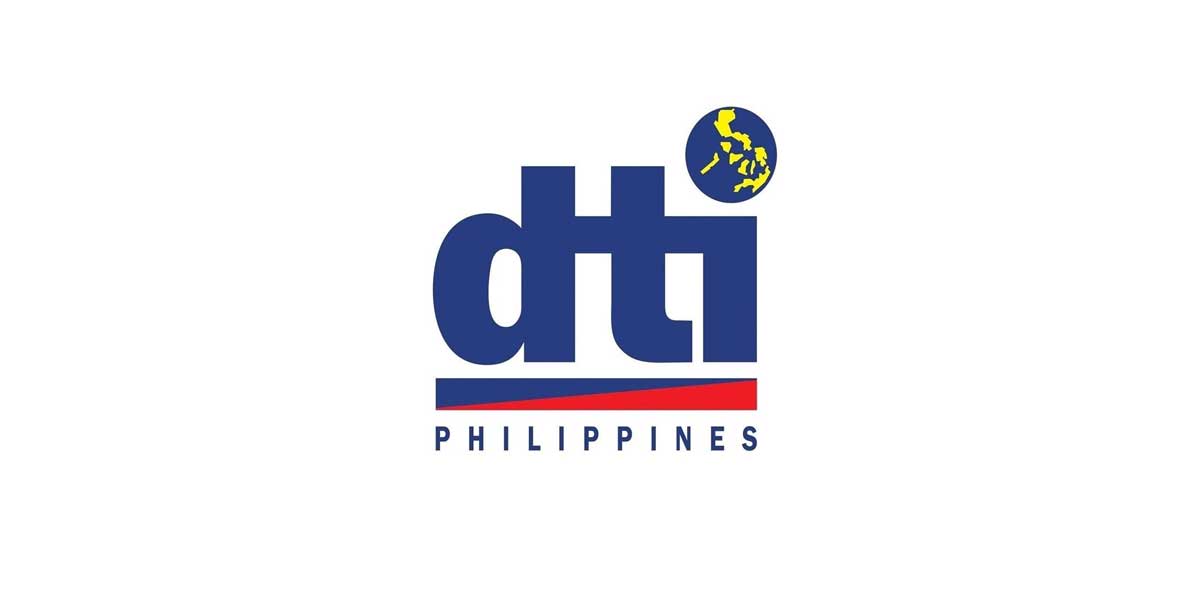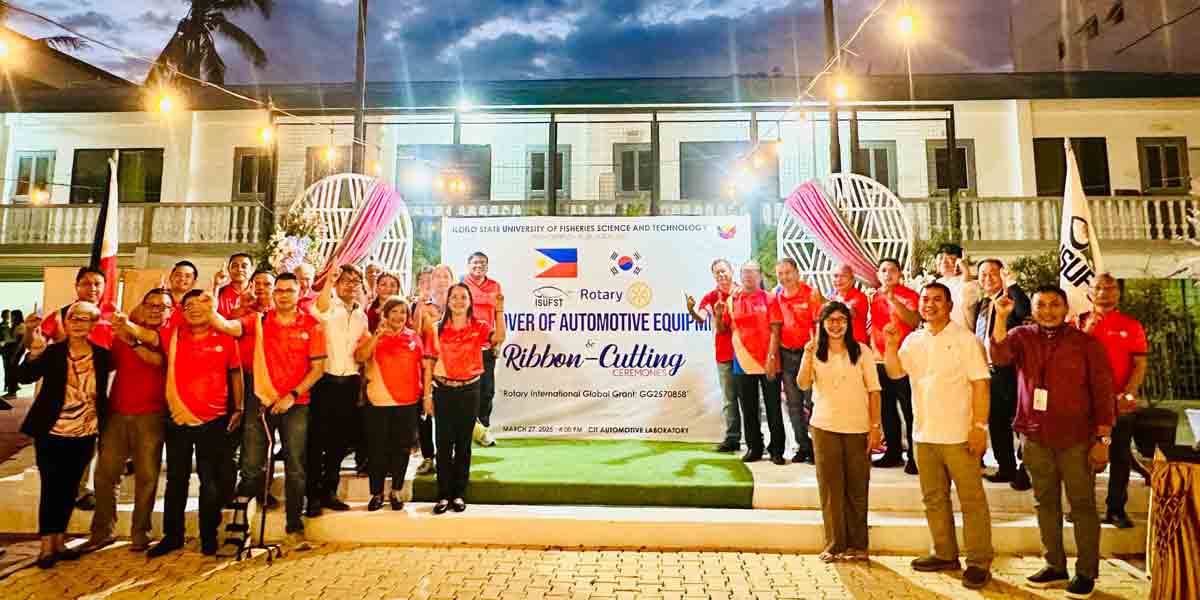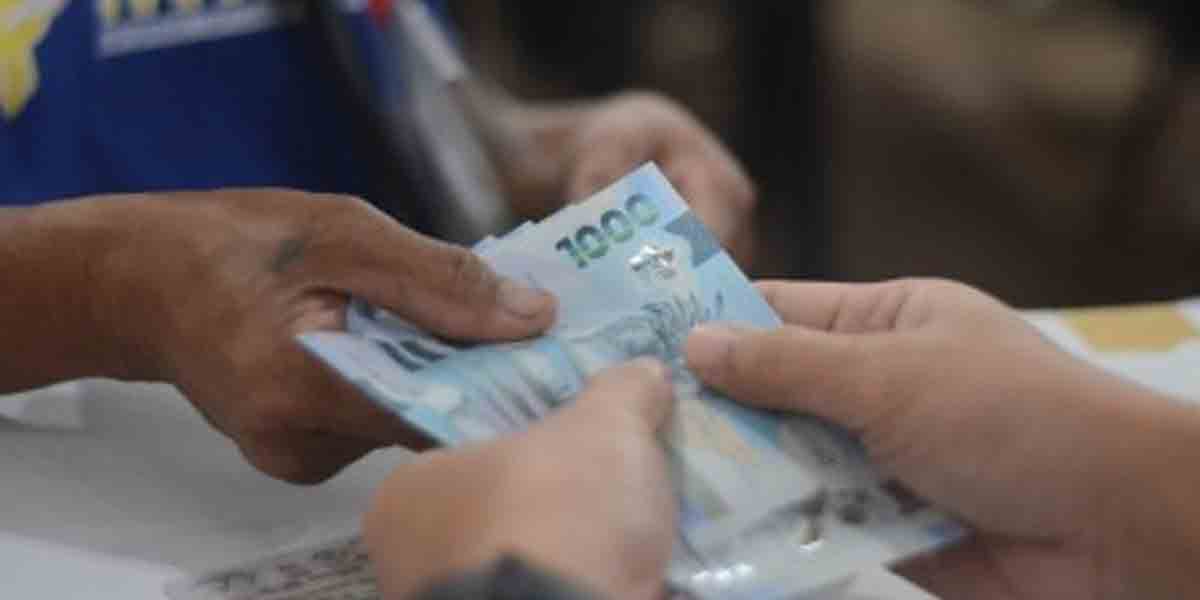Agriculture Secretary Francisco P. Tiu Laurel Jr. has directed the expansion of the Protein-Enriched Copra Meal (PECM) commercialization project to Western Visayas (Region VI) to support livestock production and provide an affordable, sustainable protein alternative for animal feeds.
The PECM project, launched in 2022 in CALABARZON (Region IV-A) and SOCCSKSARGEN (Region XI), was initially designed to address supply disruptions caused by COVID-19 and the Russia-Ukraine conflict.
It utilizes copra meal, a by-product of coconut farming, as a cost-effective substitute for imported soybean meal, which remains expensive due to global supply chain challenges.
Developed by the University of the Philippines Los Baños’ Biotech Center, PECM is produced through a solid-state fermentation process that boosts its protein content to approximately 45 percent, comparable to soybean meal.
Feeding trials have shown that incorporating 200 kilos of PECM per ton of finfish feed and 100 kilos per ton of shrimp feed reduces feed costs by 3.9 percent and 0.4 percent, respectively, compared to commercial feeds.
The project’s expansion to Western Visayas is expected to benefit local farmers and feed producers who are struggling with high costs for traditional feed ingredients.
“This program not only lowers feed expenses but also creates opportunities for coconut by-products, providing economic benefits to coconut farmers,” said Tiu Laurel.
Despite the resolution of the COVID-19 pandemic, the ongoing Russia-Ukraine war continues to impact global feed ingredient supplies, keeping prices for soybean meal, feed wheat, and corn elevated.
Russia and Ukraine collectively supply about 30 percent of global feed grains, intensifying challenges for feed producers worldwide.
The PECM initiative is a collaboration among the Department of Agriculture (DA), the Department of Science and Technology-Philippine Council for Agriculture, Aquatic, and Natural Resources Research and Development, the University of the Philippines Los Baños, and various farmers’ cooperatives and associations.
In Western Visayas, livestock production trends in 2023 reflected mixed results.
Hog production declined by 23 percent to 158,471 metric tons, while carabao production increased by 3.9 percent to 17,159 metric tons. Cattle and goat production also saw gains of 0.1 percent and 11 percent, respectively.
Poultry output in the region showed positive growth, with chicken production increasing by 4.8 percent to 131,926 metric tons and chicken egg output rising by 7.9 percent to 40,015 metric tons. However, duck production and duck egg output fell by 1.9 percent and 5.4 percent, respectively.



